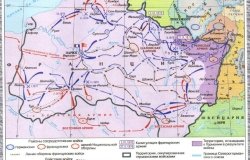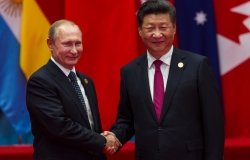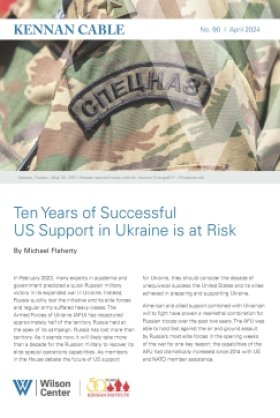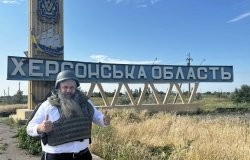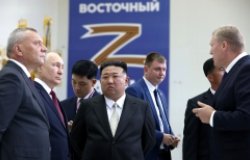Elections 2006 in Ukraine and Public Opinion
Ilko Kucheriv, Director, Democratic Initiatives Foundation, Kyiv, and former Short-Term Scholar, Kennan Institute; Nadia Diuk, Senior Director, Europe and Eurasia, National Endowment for Democracy, and member, Kennan Institute Advisory Council
Overview
At a recent Kennan Institute talk, Ilko Kucheriv, Director, Democratic Initiatives Foundation, Kyiv, and former Short-Term Scholar, Kennan Institute; and Nadia Diuk, Senior Director, Europe and Eurasia, National Endowment for Democracy, and member, Kennan Institute Advisory Council, discussed the results of pre-election polling and exit polls in Ukraine's 2006 parliamentary elections. These elections were of particular importance because they were the first elections since the 2004 Orange Revolution, and because they ushered in constitutional reforms that increased the power of the parliament and instituted an electoral system based entirely on proportional representation.
Kucheriv gave an overview of the dynamics of parliamentary elections. Since 2001, he noted, Ukrainian voters have become increasingly confident that elections can have a real impact on the situation in their country. However, voter turnout in the 2006 election was 68 percent—much lower than was predicted by pre-election polls. Of the 45 parties that competed in the election, only five—the Party of Regions, the Yulia Tymoshenko Bloc, Our Ukraine, the Socialist Party and the Communist Party—made it into the parliament. A total of 18 percent of the vote went to minor parties that did not pass the 3 percent barrier. Diuk noted that this profusion of small parties is not surprising. Early in their democratic transitions, Poland and Hungary both had many new political parties, as people tried to express their views in a new political climate, and this did not prevent the development of a stable government. Voting in Ukraine followed regional lines, with western regions supporting Our Ukraine, central regions supporting Tymoshenko, and eastern and southern regions supporting the Party of Regions.
Both speakers argued that the last three weeks of the 2006 campaign were particularly important. Kucheriv explained that three weeks prior to the election, Our Ukraine and the Tymoshenko Bloc both showed about 17 percent popular support. In the exit poll, Tymoshenko's support had jumped to over 22 percent, while Our Ukraine had dropped to 14 percent. Because these two parties share more or less the same "pro-Orange" electorate, these results indicate that many people switched their support from Our Ukraine to the Tymoshenko bloc late in the campaign. Kucheriv believes that this was a result of Yulia Tymoshenko's promise that she would not form a coalition with the Party of Regions, whereas President Victor Yushchenko's failed to make such a promise on behalf of Our Ukraine.
The Democratic Initiatives Foundation has conducted exit polls in every election in Ukraine since 1998, Kucheriv said, and these exit polls have played an important role. In the 2004 presidential elections, the exit poll's evidence of a Yushchenko victory gave his supporters the credibility and confidence in their challenge to the official election results. Diuk emphasized that independent public opinion polling is one of the important checks on the power of the state that civil society must provide in a democratic society. She argued that Ukraine's political elite is beginning to understand the importance of being aware of and responsive to public opinion. This is a very positive sign for the development of democracy in Ukraine, she concluded, despite a number of ongoing problems.
Hosted By

Kennan Institute
The Kennan Institute is the premier US center for advanced research on Russia and Eurasia and the oldest and largest regional program at the Woodrow Wilson International Center for Scholars. The Kennan Institute is committed to improving American understanding of Russia, Ukraine, Central Asia, the Caucasus, and the surrounding region though research and exchange. Read more
Thank you for your interest in this event. Please send any feedback or questions to our Events staff.

